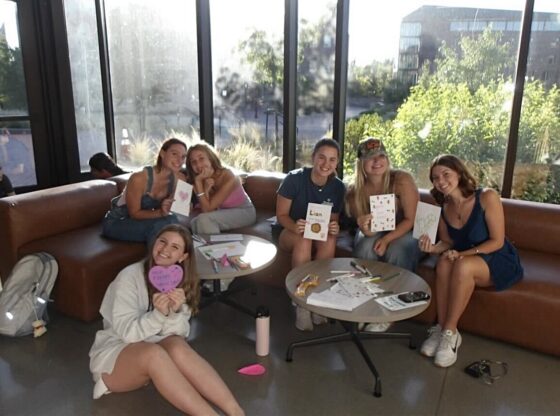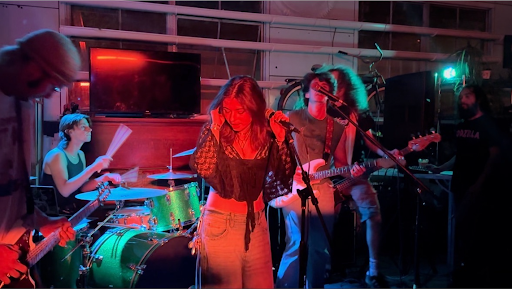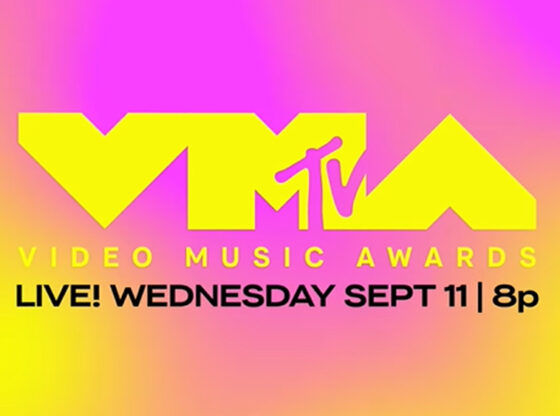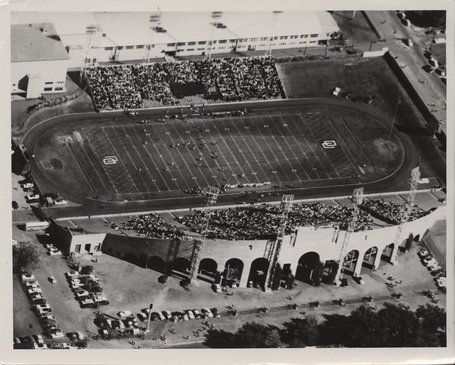Whether you are a busy student dashing to your next class or simply a passerby driving through the DU campus on Evans Ave on your morning commute, you will surely notice the Driscoll Bridge’s updated 2024 makeover.
Over the last decade — especially in recent years — there has been a rebranding rollout by the University of Denver Administration. Look anywhere at DU, and you will find that this rebrand has taken full effect, having now spread everywhere from the Community Commons to the stickers mailed to new students.
This change, while for some on-campus, seemed quick, did not come from out of nowhere. DU’s rebrand is not unique. Many other universities have implemented new logos or rebranding campaigns, with many specifically making the change in 2023, including the Universities of Wisconsin, Mercy University, Midwestern University, Cleveland State University, Davidson College, and Roanoke College.
With this in mind, why are so many changes happening now, and what do DU students think about the update?
In response, sophomore Charles Leath stated, “[The logo] seems pretty sterile, a lot more lifeless than the older versions.”
Similarly, like many students, juniors Amelia De La Trinidad and Anna Vogt initially didn’t think about it much until the change, but once the rollout started, they found it “noticeable and more corporate, not pairing well with the older feel.”
Overall, the logo change was not received favorably among students, and many felt it was unnecessary. However, the branding rollout itself was sizable and pretty focused, implying that it had a targeted purpose, even if not communicated to students.
Amy Miller is the director of Creative & Brand Management at DU. She started working at DU in August of 2023. Before her current position, she worked at CU Boulder, climbing her way up the ranks for about 23 and half years.
“According to the Chancellor [Dr. Jeremy Haefner], the goal of the rollout campaign has been to make the DU campus feel more whole and more welcoming and less prestigious or like Hogwarts,” Miller stated. “He wants students and families to really know when they’ve stepped onto campus.”
This new direction has been seen so far with the Denver Difference campaign, demonstrated by the new banners put up on Sturm Hall last Spring Quarter. To follow through on the more unified appeal, the rollout plans to bring the new logo across campus, “featured on everything from soap dispensers to parking permits.”
When asked about student involvement or feedback concerning the rollout, Miller admitted that it’s been a very administration-focused process but expressed interest in connecting more with students. She noted, “I’m very interested in the student perspective, and I would be interested in talking more [with students]”.
At its heart, DU is having an identity crisis. COVID-19 was a turning point for much of higher education. Students as a target demographic have become increasingly difficult to understand.
“After Covid, higher education has been a different landscape. Many colleges are asking themselves what’s bringing students,” said Miller. “Has it changed, and if so, what can we do to match it”
Many on campus and at universities across the country have noticed a decrease in the incoming 2028 first-year class. Miller mentioned DU’s “recruitment numbers have been down.”
In agreement with Miller, students seem split in their reasoning behind enrollment. Many cite the unique research opportunities, internships, and scholarships as a main priority.
Sophomore Brooke Watley, who plans to major in political science and business, came to DU for opportunities relevant to her future career. But she was disappointed when DU ended its D.C. program, a highly connected internship for Political Science students through American University in Washington, D.C., last school year.
Watley also noted that she found the scholarships she relies on to be less helpful with managing financials this year. As a result, she is reexamining her academic career path in order to balance the jobs she now needs as support.
Watley echoes a common sentiment on campus that seems at odds with the direction of the DU Administration. While some students cite skiing or the mountains as main enrollment factors, it seems it’s DU’s purported unique research, liberal arts opportunities, and unique campus that made it stand out in their search.
While not a unique problem in higher education, DU is at a crossroads with its message, branding, and identity. Students and administration alike seem unsure of the next steps forward and how best to tackle the new college landscape. Going forward, DU will have to decide on a firm direction, and students hope to be involved along the way.











